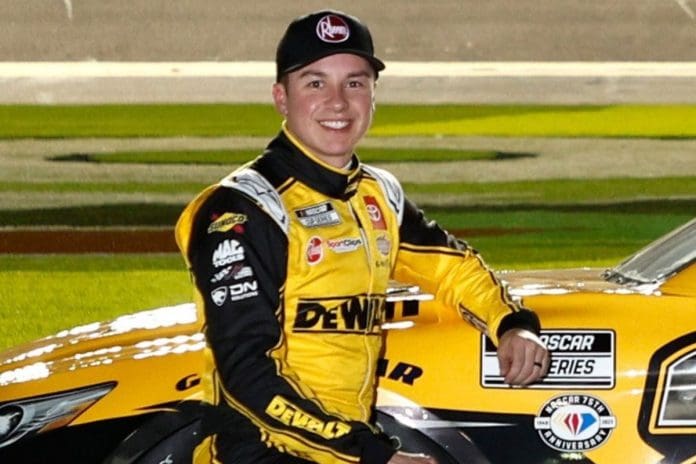NASCAR Wrecked Car Secrets: In NASCAR, the aftermath of a wrecked car often goes unnoticed by the general public, yet it holds a wealth of secrets and insights. Christopher Bell, a seasoned driver, recently illuminated the process behind the scenes. From damage assessments to the strategic salvaging of parts, each step is vital in enhancing vehicle performance and safety. Bell exposes a behind-the-scenes ballet, where teams transform calamity into valuable learning opportunities and material reuse. This continuous cycle of destruction and rebirth raises significant questions 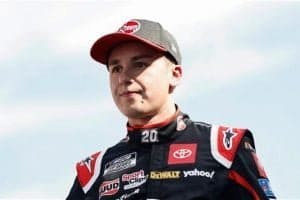 about the future of sustainability in motorsports.
about the future of sustainability in motorsports.
Key Takeaways
- Christopher Bell explains that wrecked cars undergo detailed disassembly to salvage usable parts.
- Each wreck is studied for potential safety and design enhancements.
- Team members immediately evaluate the damage to decide the car’s repair or dissection path.
- Reused parts are tested and repurposed to ensure reliability and safety in future races.
- The recycling process involves transforming wrecked car components into high-standard raw steel.
NASCAR’s Dangerous Nature
NASCAR, renowned for its high-speed thrills, inherently exposes drivers to a dangerous environment where the potential for wrecks and crashes looms at every turn. The attraction of racing at speeds exceeding 200 miles per hour, while maneuvering mere inches from other vehicles, is coupled with a risk of catastrophic outcomes.
The dangerous nature of NASCAR is not merely a byproduct of high-speed competition but is woven into the fabric of the sport. Each race is a high-stakes ballet of precision and velocity, where a single misjudgment or mechanical failure can lead to disastrous consequences. The tracks, designed for maximum spectator enjoyment, often feature tight corners and long straightaways that test the limits of humans and machines alike.
Moreover, the construction of NASCAR vehicles is a validation of the sport’s dangerous nature. These machines are built to withstand high impacts, a direct acknowledgment of the frequent occurrence of crashes. Innovations in car safety continue to progress, driven by the harsh realities of the sport.
The thrill of speed comes with an acceptance of danger, a fundamental aspect that both participants and fans have come to adopt as part of NASCAR’s exhilarating appeal.
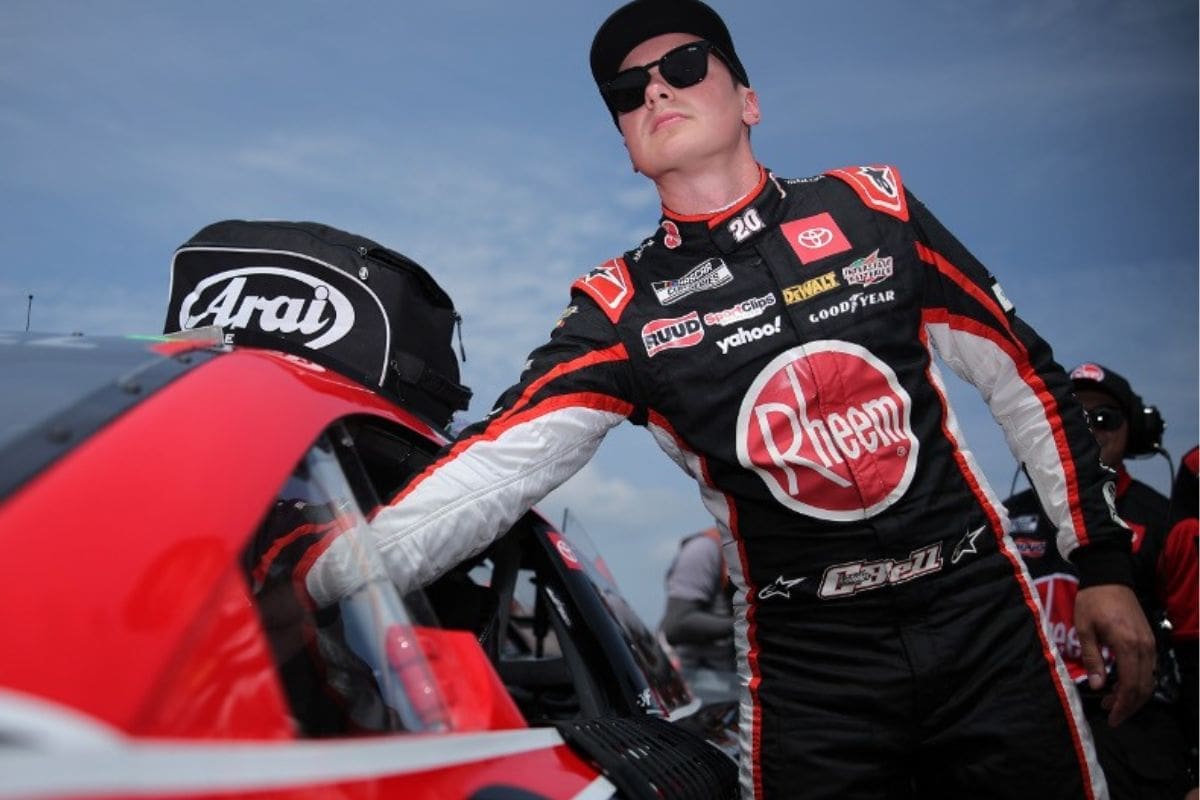
Christopher Bell’s Insight on Wrecked Cars
Christopher Bell of Joe Gibbs Racing revealed on Instagram the process involved in handling a NASCAR vehicle post-crash, shedding light on the often-overlooked aftermath of motorsport accidents. His insights provide a unique glimpse into the technical and emotional challenges teams face when a car is damaged during a race.
Bell’s commentary begins with the immediate response following an accident. Team members, trained in precision and speed, converge on the scene, evaluating the extent of the damage with a practiced eye.
The process is not just mechanical but also deeply analytical. Engineers and mechanics collaborate to dissect the wreck, learning from the failure to improve safety and performance in future races. Every crash, according to Bell, offers valuable data that can drive advancements.
Moreover, Bell emphasizes the emotional toll on the team. The sight of a wrecked car is not just a visual reminder of the risks involved; it also represents a significant financial and labor investment. The crew’s ability to regroup and refocus after such setbacks is a confirmation of their professionalism and dedication to the sport.
Bell’s insights serve as a reminder of the complexities and demands of NASCAR racing, highlighting the blend of passion, precision, and perseverance required to compete at the highest levels.
The Fate of Wrecked Cars According to Christopher Bell
Christopher Bell detailed the process of handling wrecked NASCAR cars, explaining that after retrieval, the vehicles are transported to the shop where they are methodically disassembled into usable parts, with the remainder serving as waste.
In the workshop, the disassembly of a NASCAR vehicle is executed with precision. Each part is assessed for its condition and potential reusability. Components such as engines, transmissions, and certain electronics, which often withstand the harsh impacts of a race, are carefully extracted.
The framework, often compromised due to the intense collisions typical in NASCAR racing, generally marks the end of usability for certain structural elements. However, even these damaged pieces serve an educational purpose.
This process emphasizes the resourcefulness within the sport but also highlights an inherent respect for the materials and craftsmanship involved in constructing a NASCAR race car. Each step is taken with a keen awareness of cost, safety, and efficiency, ensuring that nothing is overlooked.
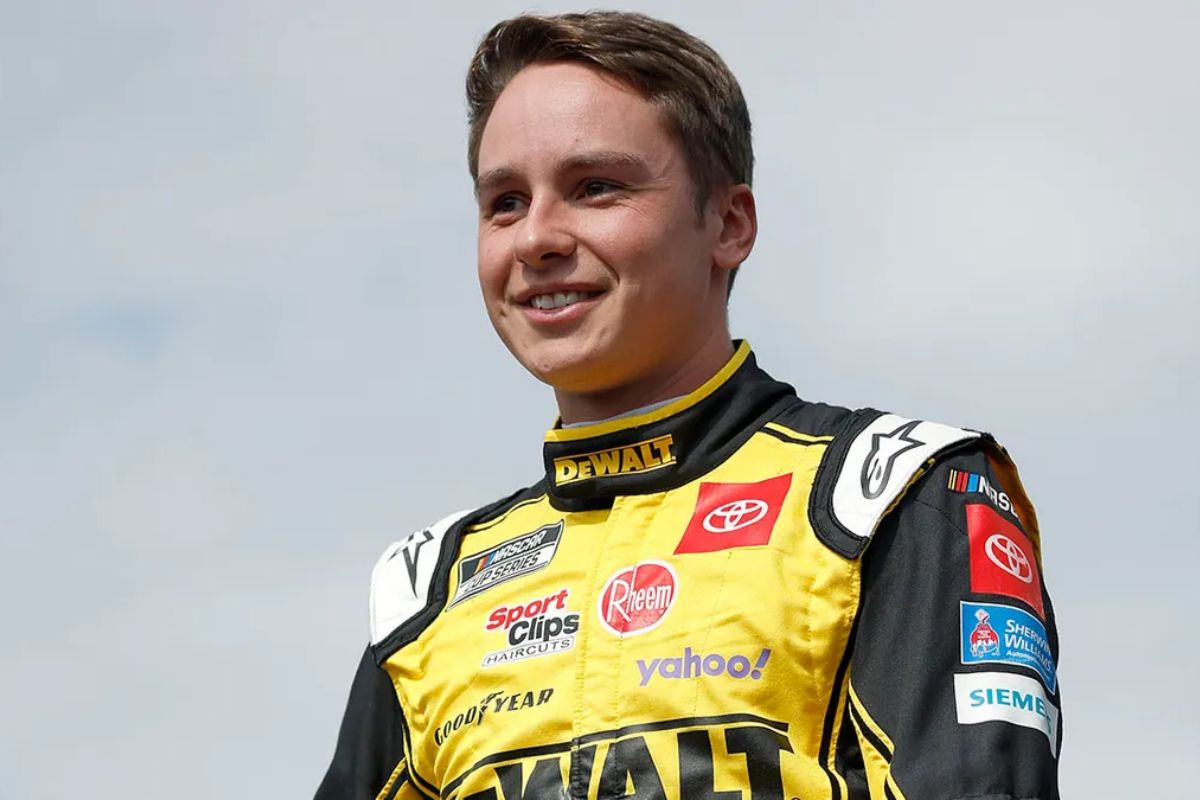
The Recycling Process for Race Cars
Following the disassembly and efforts in the workshop, the recycling process for race cars plays a pivotal role in the lifecycle of racing components. Once a race car has been stripped of all salvageable parts, the remaining chassis and components are prepared for recycling.
The core of the recycling process involves the transformation of the race car’s body and other metal parts into raw steel. Louis Gordon, an expert from L. Gordon Iron and Metal Co., says that every part of the race car is recyclable. The metal framework, once separated from non-metallic components, is transported to a shredding facility. Here, it undergoes a rigorous process where it is broken down into smaller pieces. These metal fragments are then sent to a mini-mill, a facility that specializes in melting scrap metal to produce new steel.
This steel is not merely recycled; it is refined. During the refining process, impurities are removed, and the composition of the steel is adjusted to meet specific engineering requirements. This ensures that the recycled steel meets the high standards necessary for a range of applications, not limited to automotive use but also extending to construction and manufacturing industries.
Through this sophisticated recycling process, race cars are given a new lease on life, demonstrating a remarkable cycle of renewal that supports sustainability and resource conservation in motorsports.
The Environmental Impact and Transformation of Wrecked Cars
How does the transformation of wrecked cars impact the environment, and what advanced recycling practices are being implemented to mitigate this effect? The end-of-life stage for NASCAR race cars, while visually dramatic, is a notable contributor to sustainability in the automotive industry. The process of recycling these vehicles, as detailed by figures such as Christopher Bell and Chad Knaus, is sophisticated and highly efficient, ensuring minimal waste and maximum reuse of materials.
“A car has to be pretty bad if we say it’s a ‘do not resuscitate.’ We send everything out to be recycled. You won’t find anything in the garbage can.”-(Chad)
- Sheet Metal Reuse: Most of the metal from wrecked cars is salvaged and sold as collectible souvenirs or recycled back into new steel, which can even be returned to the race shops for the fabrication of new cars. This closed-loop recycling reduces the need for new raw material extraction, thereby lessening environmental strain.
- Engine Recycling: The engines, often the most robust parts of race cars, are sent to scrapyards where they are meticulously dismantled and milled into new steel. This practice conserves resources and significantly cuts down on industrial waste.
- Tire Transformation: Tires from these wrecked race cars find new life in various forms. Some are transformed into doormats, while others are ground into dust and used as safe, resilient filler for children’s playgrounds, contributing to sustainable community development.
- Oil Repurposing: Oil extracted from these vehicles is refined and reused by critical services such as the military and postal services, illustrating a sustainable approach to resource management.
These practices mitigate the environmental impact of racing and sets a benchmark for recycling in the broader automotive sector, turning potential waste into valuable resources.
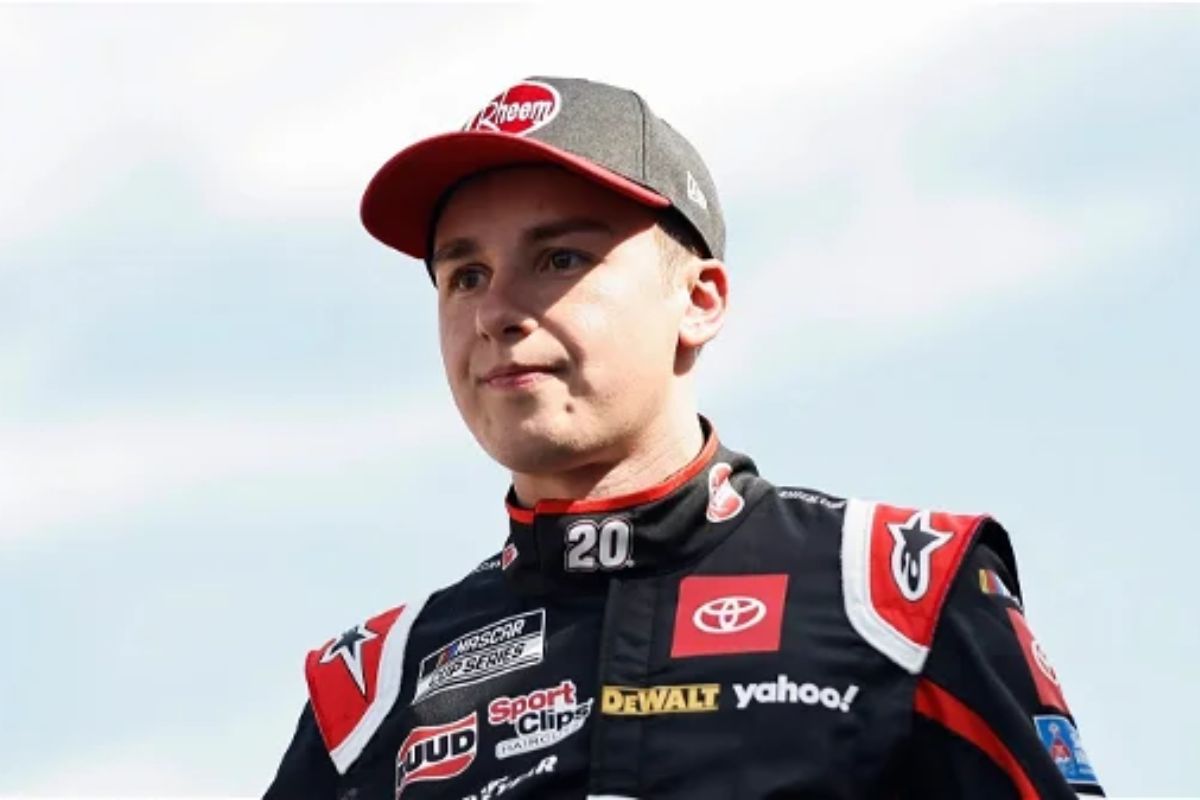
News in Brief: NASCAR Wrecked Car Secrets
To sum up, the examination of NASCAR’s response to wrecked cars through the insights of Christopher Bell highlights an intricate process of assessment, repair, and improvement that prioritizes safety and sustainability.
This reflective practice enriches the engineering and design of race cars and contributes greatly to environmental stewardship by focusing on recycling and responsible disposal.
The resilience and ingenuity displayed by racing teams exemplify a commitment to excellence and sustainability within the motorsport industry.
Our Reader’s Queries
Q: What happens to wrecked NASCAR cars?
A: Classic automobiles undergo varied fates: restoration for collectors or museum display, while others find purpose as showpieces. Unlike the Earnhardt graveyard, most aren’t abandoned; they endure, cherished, or showcased, ensuring their legacies transcend the decay of neglect.
Q: What was the worst wreck in NASCAR history?
A: The catastrophic collision unfolded swiftly at Daytona’s fourth turn, mere moments into the race’s inception. Regarded as NASCAR’s most devastating wreck, 37 cars were ensnared. Though mercifully no lives were lost, several drivers suffered injuries amid the chaos.
Also Read: Christopher Bell NASCAR Underdog Despite Strong Results

